In the movie Jurassic Park, this dinosaur appears as a small creature with a large colorful frill, and projectile venom. In reality, there is literally no fossil evidence to support either of these assumptions about this creature. Instead, the Dilophosaurus was much larger than shown in the movie, and had two bony crests, similar to modern-day cassowaries. Read on to learn about the Dilophosaurus.
Description of the Dilophosaurus
These creatures were relatively large, though not nearly as large as some other predatory dinosaurs. The largest known specimen is 23 ft. long, but that does not necessarily mean that is the largest they can grow.
Perhaps their most prominent feature, this creature had two crests sprouting from the top of its skull. Its head, as a whole, was quite large in comparison to the rest of its body. A slender snout, and mouth lined with sharp teeth round off the predatory look.
Interesting Facts About the Dilophosaurus
Though made famous on the silver screen, this dinosaur was grossly misrepresented. Learn more about the real Dilophosaurus below!
- Crowning Achievement – Perhaps the most notable feature of this dinosaur is its large crests. However, they were not strong structures, so it is unlikely they used them for fighting or protection. So, what were the crests used for? Scientists believe the dinosaurs used the crests in mate selection, though the exact details on what makes a “good” crest are unknown.
- Locomotion – Like many predatory dinosaurs, those on land at least, Dilophosaurus travelled on two legs. Bipedal movement, or walking on two legs, is common in dinosaurs. In fact, it is the same type of locomotion that we use!
- Discovery – Researchers discovered the first fossils of this species in Arizona in 1942. Jesse Williams, a member of the Navajo tribe that lived in the area, led paleontologist Charles L. Camp to the site. The fossil site is part of the Kayenta Formation in the Navajo Indian Reservation.
- Fish Food? – Researchers believe that this dinosaur species might have preyed on fish, as well as other animals. The structure of the front teeth bears a close resemblance to those of alligators and crocodiles. The way the teeth fit together makes it easier to grasp fish, which tend to be quite slippery prey.
Habitat of the Dilophosaurus
It can be difficult to determine the exact ecosystems that dinosaurs roamed, because not everything fossilizes easily. Though we discover fossils of a dinosaur in one area, they could very well have lived in an entirely different ecosystem nearby, and simply never fossilized there.
We do know that the surrounding vegetation had forests, algae, small invertebrates, and freshwater snails. This suggests that they lived in a rainforest or swamp-like setting.
Distribution of the Dilophosaurus
Researchers have only found fossils of this species in the Kayenta Formation, and in Navajo County, Arizona. However, as discussed above, it is quite possible that these creatures roamed much larger areas. Fossilization requires perfect conditions, and because of this, there is much about these dinosaurs that we do not know.
Diet of the Dilophosaurus
Scientists debate about the exact prey range of these creatures. It is likely that they fed on small animals, and potentially ate carrion as well. Researchers are still unsure if these dinosaurs also preyed on large animals. The latest theory suggests that they fed mostly on aquatic creatures, based upon the structure of their teeth and their surrounding environment.
Dilophosaurus and Human Interaction
Humans never interacted with Dilophosaurus, primarily because this dinosaur went extinct 193 million years ago!
Domestication
As above, humans never domesticated this dinosaur because they never lived at the same time period.
Does the Dilophosaurus Make a Good Pet
Hypothetically speaking, Dilophosaurus might have made a good guard dog. Just kidding, fitting a 23 ft. long dinosaur in your house, or even on your farm, would have been incredibly difficult. It also doesn’t help that these creatures had rows of sharp teeth and possibly preyed on animals about our size. Your other pets and farm animals would likely end up as lunch!
Dilophosaurus Care
In a zoological setting, this dinosaur might have been more reasonable to house. Unlike some of the other terrestrial predators, like Tyrannosaurus, Dilophosaurus was not quite so massive. They would likely require the same amount of space as an elephant. This is, of course, highly hypothetical, because these dinosaurs are extinct.
Behavior of the Dilophosaurus
Unfortunately, we know very little about the behavior of these dinosaurs. It is simply impossible to collect extensive behavioral information based off of fossilized specimens. Much of the behavioral information gleaned from fossils is simply speculation, and debated back and forth between archaeologists. There is minimal information about the behavior of Dilophosaurus.
Reproduction of the Dilophosaurus
Scientists believe that this creature used its paired crests to find a mate. The crests would likely be larger or more colorful in stronger males. Outside of this information, which is mostly speculation, we know very little about how these creatures reproduced. Researchers do believe that young Dilophosaurus grew very rapidly, and possibly gained 60 or 70 lbs. per year.


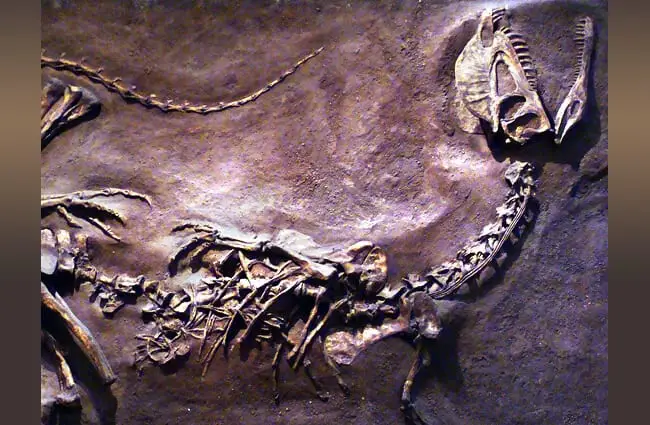

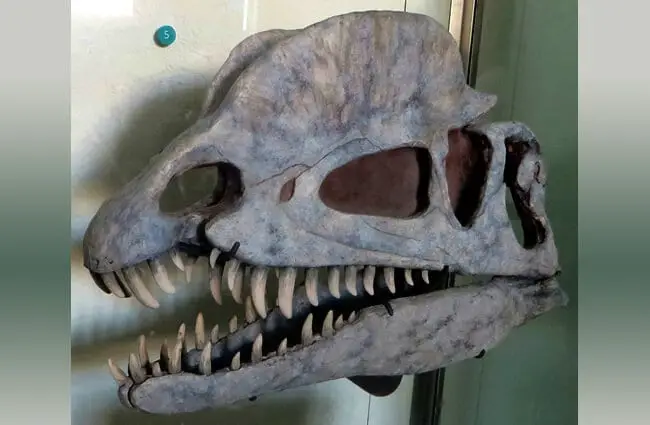
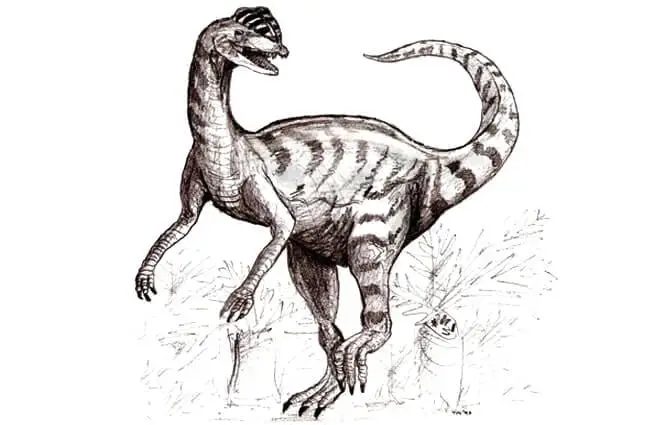
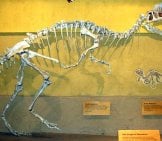
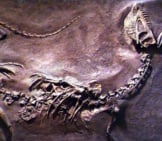
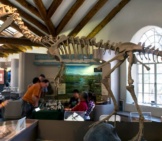

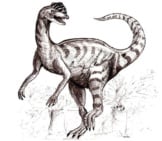
![Red Angus Closeup of a beautiful Red Angus cowPhoto by: U.S. Department of Agriculture [pubic domain]https://creativecommons.org/licenses/by/2.0/](https://animals.net/wp-content/uploads/2020/03/Red-Angus-4-238x178.jpg)












![Red Angus Closeup of a beautiful Red Angus cowPhoto by: U.S. Department of Agriculture [pubic domain]https://creativecommons.org/licenses/by/2.0/](https://animals.net/wp-content/uploads/2020/03/Red-Angus-4-100x75.jpg)

